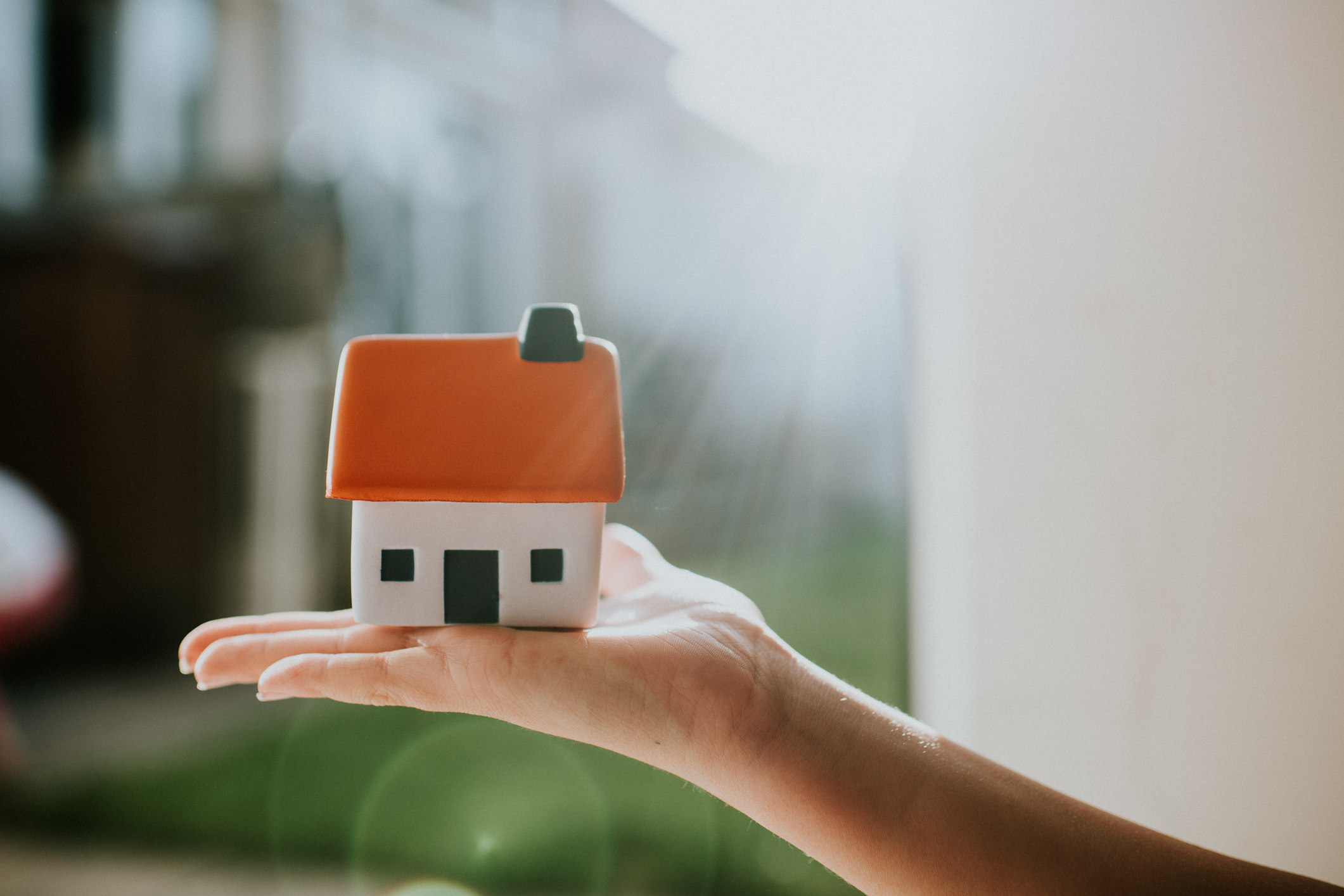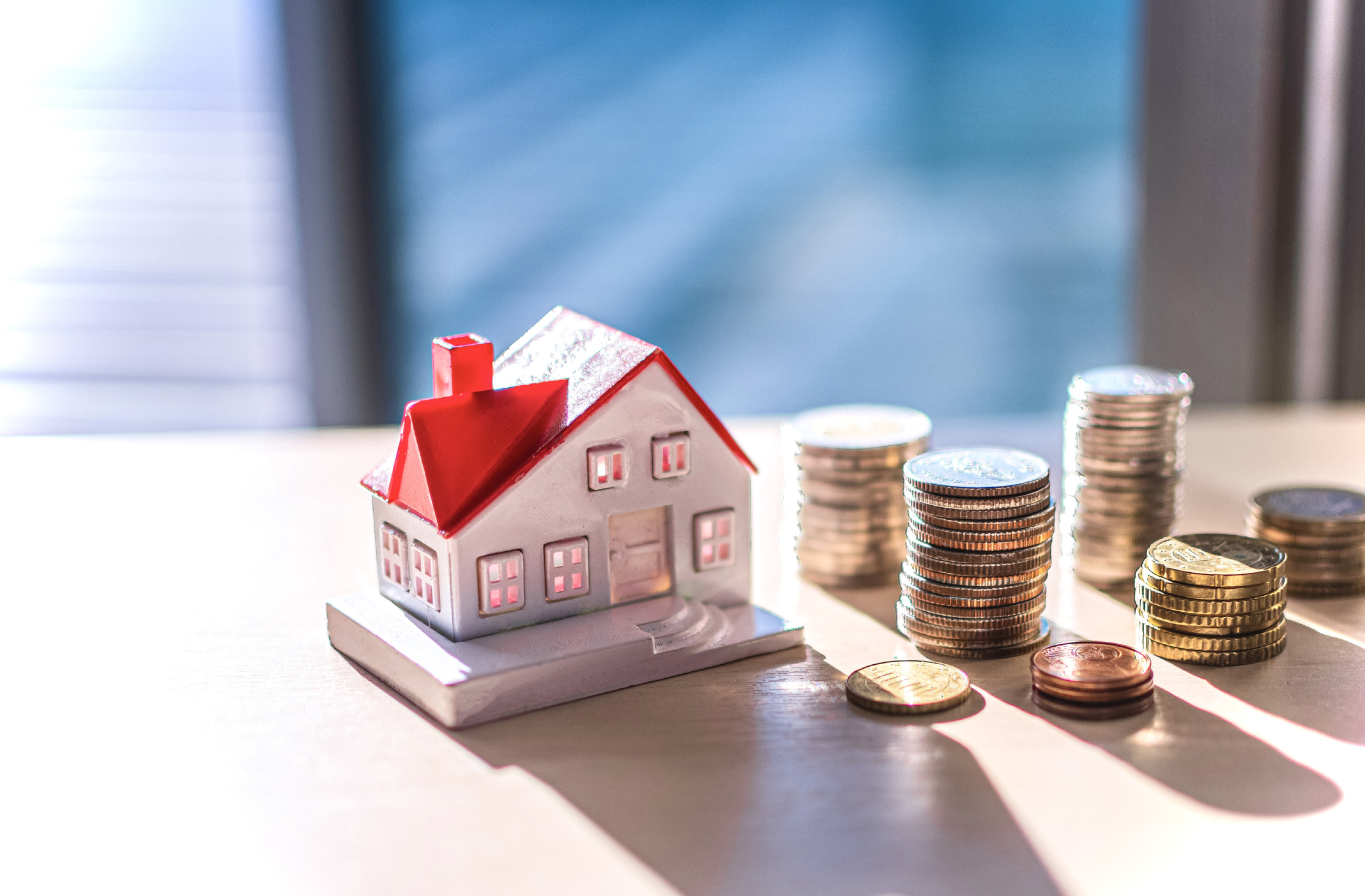What to do with your airmiles
Airmiles are a bit like a currency - and hyperinflation is setting in. What does this mean? If you’re sitting on a load of airmiles, spend, spend, spend…
Airmiles are a bit like a currency - and hyperinflation is setting in. What does this mean? If you're sitting on a load of airmiles, spend, spend, spend, says Simon Wilson.
How big is the airmiles business?
Huge. Frequent flyer schemes, which reward loyal customers with airmiles towards free or discounted flights in the future, started in May 1981 as an American Airlines marketing gimmick and subsequently took off spectacularly. Once used exclusively by high-end business travellers, airmiles are these days a routine currency for all regular travellers. More than 130 airlines issue airmiles, 120 million people are members of frequent flyer schemes and 14 million flights are bought with airmiles each year.
Do airmiles offer genuine bargains?
Not as many as they used to. These days, a typical BA airmiles deal gives you a free one-way trip to Paris if you buy two economy return trips to New York. But even as recently the 1990s, BA allowed valued customers to pick up airmiles for flights they booked and then cancelled - an idea they had to drop when too many people took advantage. Meanwhile, David Phillips, a civil engineer from California, pulled off possibly the most notorious frequent-flyer coup. He became known as "the pudding guy" in the air industry after spotting the phenomenal returns available from Healthy Choice chocolate deserts, which in 1999 were being used in a special promotion at his local supermarket. By shelling out just $3,000 on the tasty treats, he earned $25,000 worth of frequent-flyer miles - enough to pay for travel for the rest of his life. Airlines are now more careful about the small print of what they offer.
Subscribe to MoneyWeek
Subscribe to MoneyWeek today and get your first six magazine issues absolutely FREE

Sign up to Money Morning
Don't miss the latest investment and personal finances news, market analysis, plus money-saving tips with our free twice-daily newsletter
Don't miss the latest investment and personal finances news, market analysis, plus money-saving tips with our free twice-daily newsletter
How can I get the best out of airmiles?
There are now so many different types of airmile schemes in operation that consultancies have sprung up in America and Europe dedicated to helping people manage their portfolios. WebFlyer is a good place to start investigating what's on offer. According to Holiday Which? magazine it can often be a good idea to join the loyalty scheme of foreign airlines that have two-way agreements with the carrier you want to gain benefits from. For example, on a return flight from London to New York, the best bonuses were available by flying Virgin Atlantic as a member of Air Jamaica's Seventy Heaven club, or by travelling American Airlines while accumulating points through a scheme from the Brazilian airline Tam.
Are airmiles a currency?
Yes, in that they are a medium of exchange with a recognised value. British Airways has 1.7 million frequent flyers in its Executive Club, and says airmiles are among the four biggest currencies used to purchase flights. According to a recent tongue-in-cheek analysis by The Economist, the global stock of unredeemed airmiles is worth about $700bn - more than all the US dollar bills in circulation, and dwarfs Britain's £43,000 million of notes and coins.
So how much is a mile worth?
These days airlines sell miles to partners such as credit-card and car-rental firms, and about half of all miles are earned through these and other schemes, rather than by actually flying, making them ever easier to acquire. Currently, airlines sell them to credit-card operators for just under two cents a mile; their value when used to buy a ticket or upgrade can be anywhere between one and ten cents per mile. The Economist takes the mid-point of that range - five cents - and multiplies it by the Webflyer.com estimate of the number of unused airmiles in circulation - 14 trillion - to come up with $700bn for the value of the world's unredeemed miles.
Isn't that a problem for the aviation industry?
Up to a point. The number of miles outstanding has been ballooning by around 20% a year over the past decade; at current rates of redemption, even if airlines stopped issuing them now, it would take 25 years for all the stock to be used up. In other words, airlines have been issuing more miles than they can supply in free seats. In theory, that suggests they're building up a dangerous future liability that they will not be able to meet.
And in practice?
They should be fine: the small print of the schemes lets airlines cancel unused points after a set period, as well as allowing them to restrict seat availability and to change the terms of their scheme at will. Basic economics tells us that excessive monetary growth is bound to end in hyperinflation and devaluation of the currency. In this case, this means you need more and more airmiles to qualify for free flights and that, as time passes, you will find it harder and harder to redeem your miles: expect to have to take crack-of-dawn departures from out-of-town airports. Just like any other currency, inflation will hurt those left holding them. The message? Spend your airmiles while they are still worth something.
Get the latest financial news, insights and expert analysis from our award-winning MoneyWeek team, to help you understand what really matters when it comes to your finances.
Simon Wilson’s first career was in book publishing, as an economics editor at Routledge, and as a publisher of non-fiction at Random House, specialising in popular business and management books. While there, he published Customers.com, a bestselling classic of the early days of e-commerce, and The Money or Your Life: Reuniting Work and Joy, an inspirational book that helped inspire its publisher towards a post-corporate, portfolio life.
Since 2001, he has been a writer for MoneyWeek, a financial copywriter, and a long-time contributing editor at The Week. Simon also works as an actor and corporate trainer; current and past clients include investment banks, the Bank of England, the UK government, several Magic Circle law firms and all of the Big Four accountancy firms. He has a degree in languages (German and Spanish) and social and political sciences from the University of Cambridge.
-
 RICS: homebuyers are returning after stamp duty shock
RICS: homebuyers are returning after stamp duty shockThe housing market has been subdued since stamp duty thresholds dropped in April, but there are signs of a recovery
-
 Reducing cash ISA limit will make lending difficult and expensive, warn providers
Reducing cash ISA limit will make lending difficult and expensive, warn providersAn open letter from the Building Societies Association has urged the chancellor to keep the cash ISA limit at £20,000. We look at whether a smaller cash ISA allowance will make it harder to get a mortgage or loan